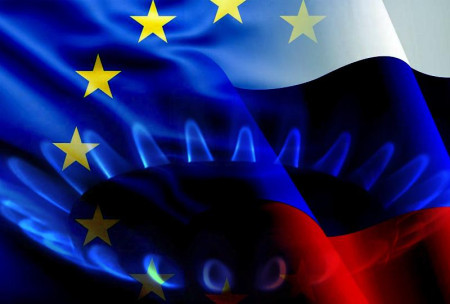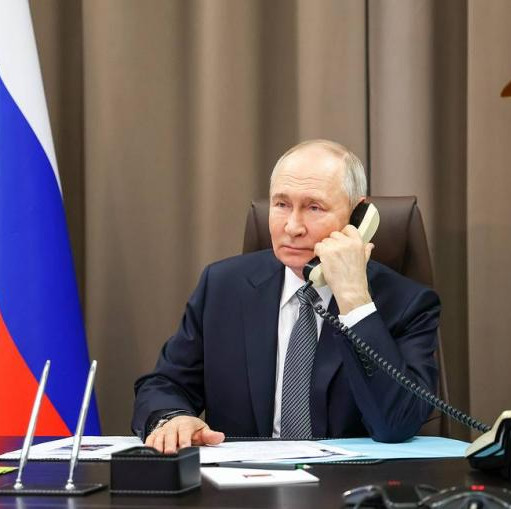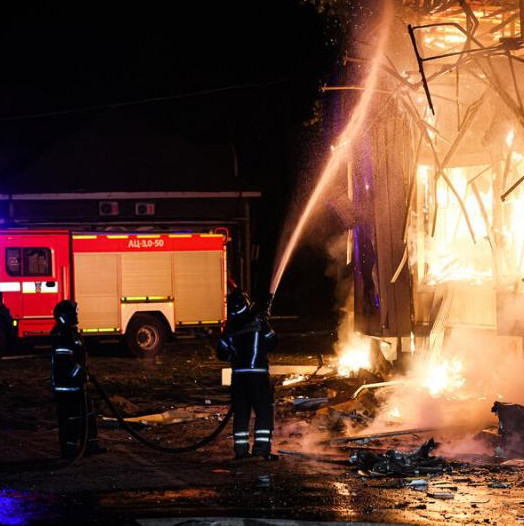
The Old World is generally prepared for winter — by mid-September, the volume of gas reserves in European underground storage facilities (UGSF) reached 93.4% (according to Gas Infrastructure Europe/GIE), which is little less than the record levels of 2023, when those were 93.8-percent filled. The European stock exchange features gas prices of about $390 per one thousand cubic meters, which is a pretty comfortable exporter check.
In August, the total intake of liquefied natural gas (LNG) from terminals to the European gas transportation system became the lowest since the fall of 2021, but in September they have moved back to growth. The current LNG regasification capacities and further injection into pipelines in Europe have been loaded at 34 percent of their maximum capacity.
But the heating season may prove somewhat special in the EU — without the habitual Russian gas supply channel via Ukraine.
In September, the European bureaucracy started actively commenting upon scenarios for Russian fuel running through the Gas Transportation System of Ukraine (GTSU). European Commissioner for Energy Kadri Simson assured that the EU was prepared for a possible waiver of Russian natural gas, although with a prompt reservation that the European Commission considers it permissible for local companies to use Ukraine’s infrastructure for gas transit after its Naftogaz’s contract with Gazprom expires on December 31, 2024.
So, the latest stance in Brussels is that the European Union does not mind gas purchases at the Russian-Ukrainian border. This may drive up the final cost because of mediation, but the header pipe remains vital for in-process wintertime deliveries. After all, it is not yet clear how global LNG suppliers will behave, who tend to choose the Asia-Pacific market during the cold season as it becomes the most bonus-bearing amid lingering frosts.
Meanwhile, contextual speculation has been emerging in the media: the Ukrainska Pravda writes about Kiev's agreement to ensure the transit of gas from Azerbaijan after the termination of Naftogaz's contract with Gazprom, but Azerbaijani sources have denied this.
Meanwhile, there are other "objectors" as well. Wien Energie company intends to stop using Russian gas starting 2025, opting for alternative suppliers. A decision to that effect by the management of Vienna's largest utility company has been reported by Bloomberg. As specified, the Austrian company provides energy to about two million people living in the city and its surroundings. Peter Hanke, a city council member in charge of financial and economic issues, told a press conference that starting next year, all the private farms, commercial consumers and power plants in the capital would have to operate on "non-Russian gas." Wien Energie is also expected to comply with the requirement. However, Austria’s major buyer OMW stays with Gazprom given the country’s utter dependence on Russian gas.
Moreover, the forecast background for gas prices in the EU should serve as a red flag to local consumers. For example, September 16 saw the Swiss UBS bank raise its forecast for the average exchange price of natural gas in Europe (TTF) in the fourth quarter of this year: the new value — 42 euros per MWh — is four percent higher than previously. "Despite the fundamental weakness of the market, we expect to see certain increase in the risk premium, which is due to geopolitical factors, including uncertainty about further natural gas supplies via Ukraine and weather risks," UBS analysts wrote.
The Price Index Center also raised estimates for gas prices in Europe and Asia for 2024: the average spot price of "blue fuel" in Europe per 1,000 cubic meters is expected to be $373 (the previous assessment was $354); in Asia, the same volume is going to cost $439 (forecast raised from $432). These are good signals to the entire pool of global exporters, including PJSC Gazprom.
At the same time, the Russian state concern is accelerating the program of reoriented supplies: on September 20, a business meeting was held in Beijing between Gazprom Board Chairman Alexey Miller and his CNPC counterpart Dai Houliang to sign an addendum to the gas purchase and sale agreement via the eastern route (Power of Siberia). As requested by the Chinese partners, the parties agreed on additional supplies in December 2024. This will ensure the early contractual level target approach for daily gas supplies to China via that pipeline (previously, it was planned to reach the "nominal" level in early 2025). Also, construction work is underway along the second route — the Far Eastern one — as per planned schedule.


